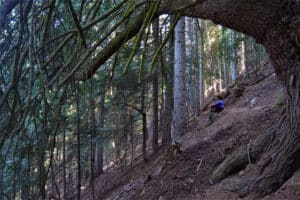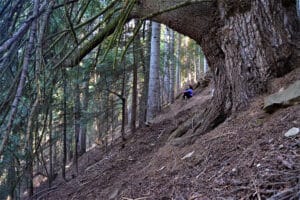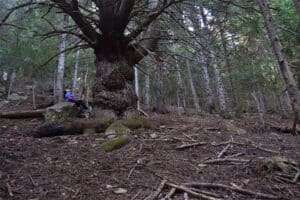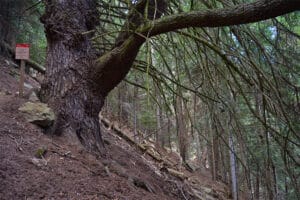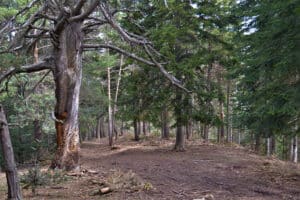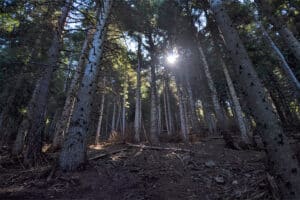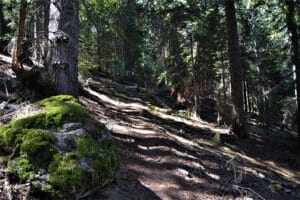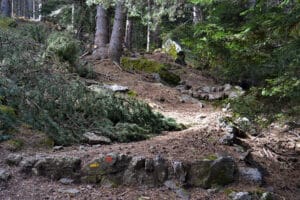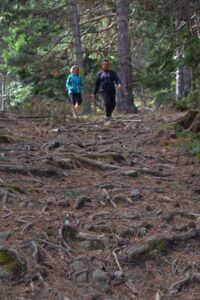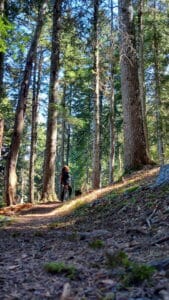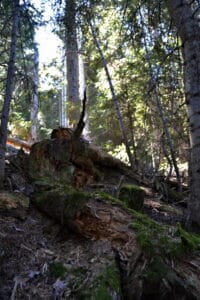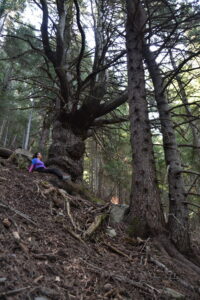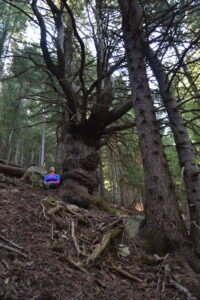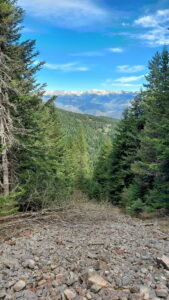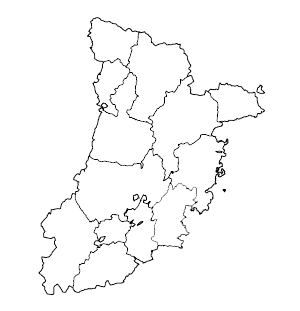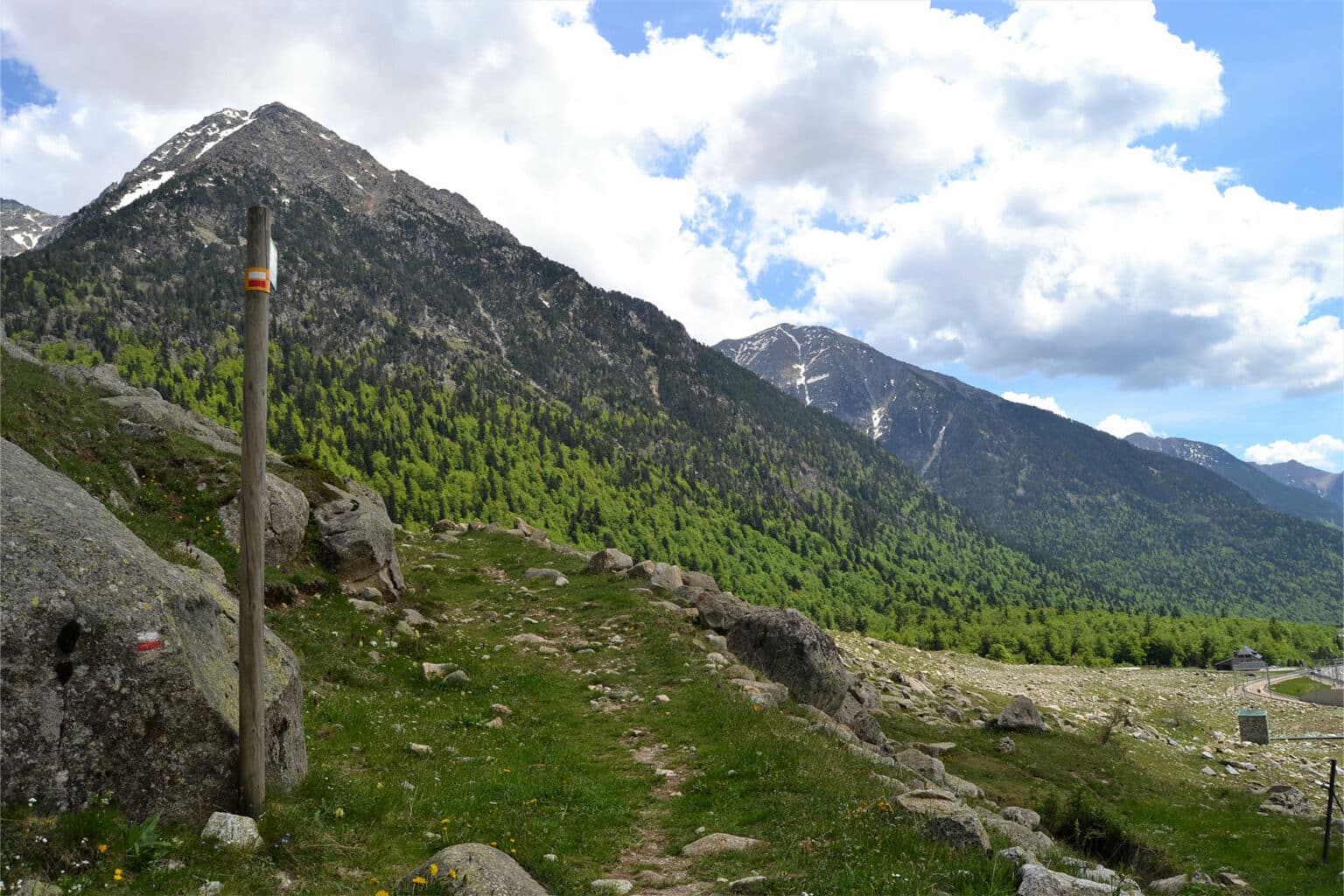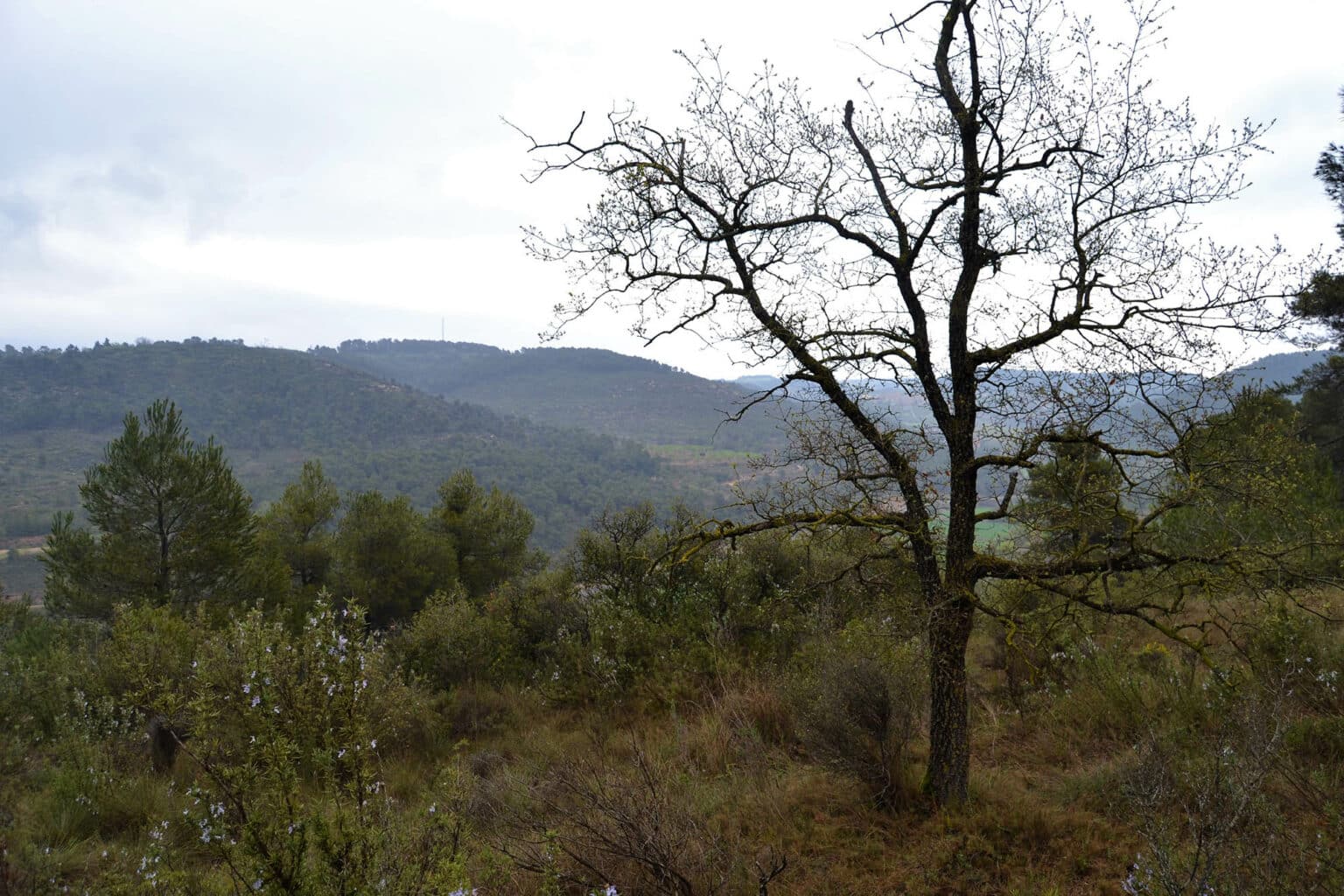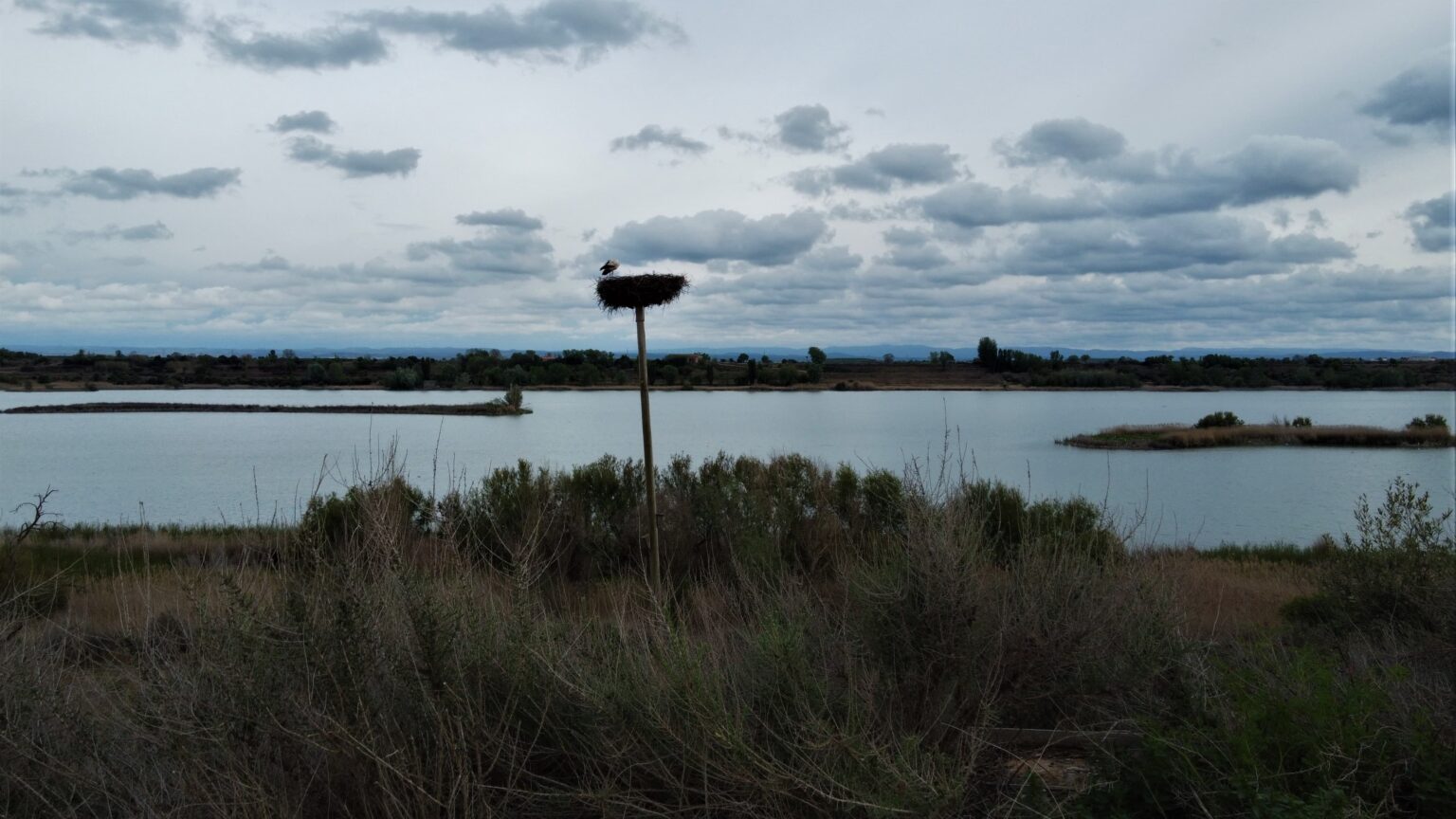FOREST BATHS
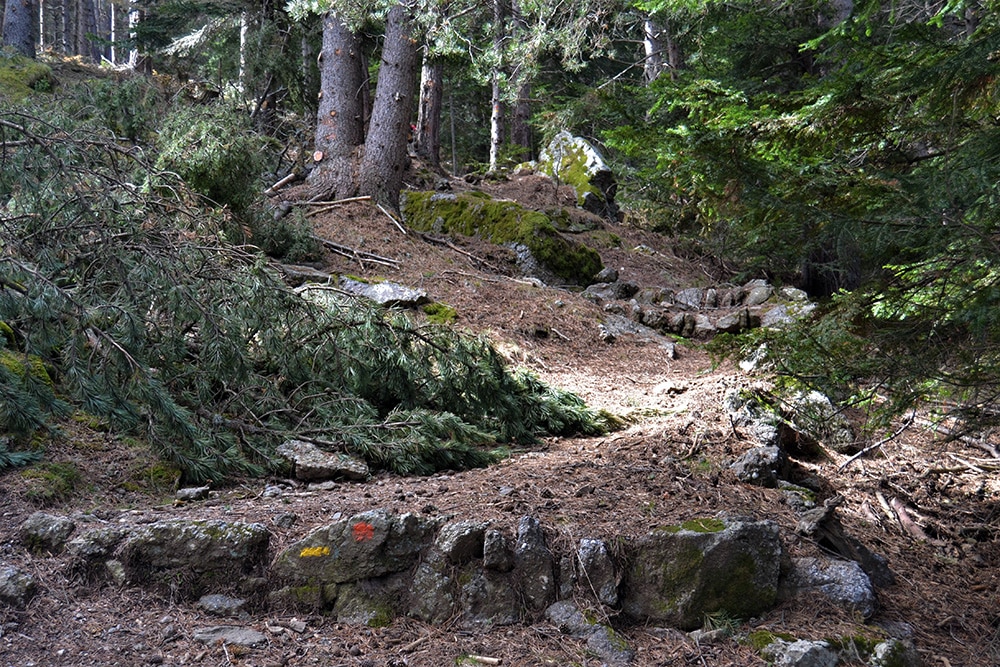
Avetosa de riu, the most authentic Shinrin-Yoku in La Cerdanya
La Cerdanya is a Pyrenean comarca (local district) with a long tradition and large offer of winter sports. As well as being a pioneer in the introduction of ice hockey, it is also possible to enjoy many other sports here, throughout the year, such as mountaineering, rock climbing and hiking. The wide expanse of its plain, which sits at a height of around 1,000 metres, contrasts with the mountains and peaks that reach up to almost 3,000 metres. These include El Carlit and El Puigpedrós (2,911 m), La Tossa Plana de Lles (2,916), El Puigmal (2,913), amongst others. The meadows, pastures and crop fields also form part of a characteristic mountain landscape, as do its numerous lakes, rivers and streams. Nature lovers will find idyllic settings in many parts of this comarca.
In the El Cadí Moixeró Natural Park, which is a particularly privileged area of La Cerdanya, it is possible to find one of the best conserved mature woodlands at what is known as the Baga de Riu. To get there, it is necessary to leave the village of Riu and make for the Serrat de les Esposes mountain shelter, where it is possible to park. However, it is not always possible to get there using just any vehicle; it is therefore recommended to enquire about the state of the forest track before setting off to get there.
Once at the mountain shelter, you can easily identify the signs that show the way to the Avetosa de Riu, which lies to the south-west. It is necessary to follow the signs until you reach Avetosa. To get to this area of monumental trees, you must walk for a little more than 3 kilometres. The path that leads there involves a relatively easy walk, but one that demands a certain amount of effort, given the variation in altitude of around 500 metres over the total distance of 9.2 kilometres (there and back). You cannot get lost following this path and it is, without a doubt, a good, and highly recommendable, complement to forest bathing, as the forest in the area and the itinerary as a whole are quite extraordinary at all times.
To reach Avetosa, you must first follow the signs and orange markings (which coincide with part of the Cavalls del Vent path). You will mainly find these on vertical signs, but also on some other elements next to the path. Check that you are going in the correct direction at the various intersections that you will encounter along the way. The path initially follows a track which runs downhill. Further along, it becomes a little wider, but it finally joins a forest track which cannot be used by motor vehicles, other than the service vehicles belonging to the Natural Park. Along this first section, the path crosses pastures and streams, passing between scattered deciduous trees which have yellow and reddish leaves in autumn and ones which are different shades of intense green in spring. The deciduous trees are mainly aspen (Populus tremula), wild cherry (Prunus avium) and ash (Fraxinus excelsior). These coexist with evergreen species here, in what is a mixed forest that makes for notably different landscapes at different times of the year. The path then continues uphill, running through areas where pine and fir trees are increasingly present; the Scots pine (Pinus sylvestris) is always dominant in the sunnier areas and the Spanish pine (Pinus uncinata) and fir (Abies alba) predominate in the shade. These are the most characteristic species of conifers found in cold and high-mountain climates. Their large dimensions and firmness shelter a forest that is full of life and which climbs up to the highest peaks and to places that homo sapiens can only reach with their sight and hearing.
The itinerary will take you zig-zagging across a meadow that offers wonderful views of La Cerdanya. This is an ideal stopping point at which to engage in some practical interactions with nature before you get to the deepest part of the walk. In a clearing that is 3.2 kilometres from the Serrat de les Esposes mountain shelter, you will see two very tall trees at whose feet there is a panel providing information about shinrin-yoku and the organoleptic and therapeutic properties of trees. At this point, you need to pay particular attention, because for reasons of forest management, it is possible that there could be workmen felling trees and this might make it a little more difficult to see the signage. It is important to always follow the signs towards the monumental fir trees of Les Bagues de Riu, which is 1.4 kilometres away (at this point, it is no longer necessary to follow the orange markers). Continue along the same path until you reach the Avetosa crossing, where you will find some light-green stakes. From this point on, the path becomes quite narrow and enters the most hidden part of the forest bathing area. This is a spectacular mature forest which shelters the most monumental trees: two fir trees which are over 4 metres in diameter and over a hundred years old, which are both catalogued as “trees of local interest”.
At the end of the path, you will find a scree which appears unexpectedly and from which you will be able to enjoy a panoramic view that is not very well-known, even in La Cerdanya. After the shaded part of the route, under the shade of, and sheltered by, the fir forest, you can enjoy the brightness and perspective of that can be observed from the scree, which provides a marked contrast. To return to the Serrat de les Esposes, it is necessary to go back along the same path.
The space for forest bathing
Avetosa de Riu has all the ingredients that constitute what is known as a mature forest. In other words, on the one hand, it has evolved freely, for many years, without any notable human intervention; and on the other, it has not suffered the effects of any phenomena which could be considered extreme events, such as fires or hurricanes. As a result, it is possible to find several examples of old trees here, some of which are centuries old. They are of great dimensions and seem to have been sheltered from the passing of time. At this location, they coexist with younger trees, of all ages, sizes and structures, as well as dead trees and wood, in different stages of decomposition. This exceptional combination has made possible the existence of ecosystems of great biodiversity, and of the highest ecological value. Furthermore, they are also capable of mitigating the effects of climate change.
The last kilometre of this mature conifer forest is dominated by Spanish pine (Pinus uncinata) and fir (Abies alba): species which have traditionally been attributed the greatest therapeutic benefits of the forest, thanks to the phytoncides that they give off. It has been found that these volatile organic substances are the compounds responsible for how plants smell and communicate. They also have a reinvigorating effect on our organism, which they can influence through our breathing and skin. In other words, little more than a “simple” exposure to the forest will have a positive effect on our health, and this can be amplified by forest bathing. This means that we should seriously consider taking a leisurely walk through the forest, in silence and with a contemplative attitude, in order to awaken all of our senses. We must become more conscious of the current moment and accept the invitation to enjoy the experience. In recent years, various hybrid formulas have emerged offering ways in which to include different activities and/or exercises for interacting with nature. This can be done with the objective of achieving the greatest possible benefits for our health and wellbeing.
Map
